J.K. Huysmans ‘The Cathedral’
“How mysterious for the most part is the origin of our cathedrals (French)! Most of the artists who built them are unknown; nay, the age of the stones is rarely a matter of certainty…
“They almost all cover intervals of two, three, or four centuries each; they extend from the beginning, of the thirteenth century till the first years of the sixteenth.
…
“It has been accurately remarked that the thirteenth century was the great period of cathedral-building. It gave birth to almost every one of them; and then, being created, their growth was checked for nearly two hundred years.
…
…not one of our cathedrals was erected throughout in accordance with the designs of the architect who began it, nor has one remained untouched.
…
(Renaissance) annihilated the luminous truthfulness of the Medieval past, when God had dwelt intimately, at home, in souls; it substituted a merely earthly form of art for one that was divine.
“As soon as the sensuality of the Renaissance revealed itself, the Paraclete fled…
“And this time the Spirit of Prayer was quite dead; everything went to pieces. The Renaissance, so lauded afterwards by Michelet and the historians, was the death of the Mystical soul of monumental theology (Cathedral building), of religious art—all the great art of France.
…
They knelt before the Black Virgin of the Pillar; then they sat down in the deserted nave, and the Abbé said in an undertone.
“I explained to you the other day the symbolism of the outside of the building (Chartres). Would you like me now to inform you in a few words as to the allegories set forth in the aisles?”
…
“You are, of course, aware that almost all our cathedrals are cruciform. In the primitive Church, it is true, you will find that some were constructed religious circular form and surmounted by a dome. But most of these were not built by our forefathers; they are ancient temples of the heathen adapted by the Catholics, with more or less alteration, to their own use, or imitated from such temples before the Romanesque style was recognized.
“We need then seek in these no liturgical meaning, since that form was not a Christian invention. At the same time Durand of Mende, in his Rationale, asserts that a building of rounded form symbolizes the extension of the Church over the whole circle of the universe. Others explain the dome as being the crown of the Crucified King, and the smaller cupolas which occasionally support it as the huge heads of the Nails. But we may set aside these explanations, which are but based on existing facts, and study the cruciform plan shown here, as in other cathedrals, in the arrangement of the nave and transepts.
“It may be noted that in a few churches, as, for instance, the abbey church of Cluny, the interior, instead of showing a Latin Cross, was planned on the lines of the Cross of Lorraine, two crosslets being added to the arms.—Now, behold the whole scheme!” the priest said, with a gesture that comprehended the whole of the interior of the basilica of Chartres.
“Jesus is dead; His head is at the altar; His outstretched arms are the two transepts; His pierced hands are the doors; His legs are the nave where we are standing; His pierced feet are the door by which we have come in. Now consider the systematic deviation of the axis of the building; it imitates the attitude of a body bent over from the upright tree of sacrifice, and in some cathedrals—for instance, at Reims—the narrowness, the strangulation, so to speak, of the choir in proportion to the nave represents all the more closely the head and neck of a man, drooping over his shoulder when he has given up the ghost.
“This twist in the church is to be seen almost everywhere—in Saint Ouen and in the Cathedral at Rouen, in Saint Jean at Poitiers, at Tours and at Reims. Sometimes, indeed—but this statement needs verification—the architect had substituted for the body of the Saviour that of the Saint in whose name the church was dedicated, and the curved axis of Saint Savin, for instance, has been supposed to represent the bend of the wheel which was the instrument of that Saint’s martyrdom.
“But all this is evidently familiar to you.
“This is less well known: So far we have studied the image of Christ motionless, and dead, in our churches. I will now tell you of a singular instance of a church which, instead of reproducing the attitude of the Divine Corpse, represents that of His still living Body, a church which seems to have a suggestion of movement as if bending like Christ on the Cross.
“In fact it seems to be certain that some architects strove to represent in the plan of their building the motion of the human frame, to imitate the action of a drooping figure; in short, to give life to stones.
“Such an attempt was made in the abbey church of Preuilly-sur-Claise in Touraine. The plan and photographs of this basilica are to be found in an interesting volume that I can lend you; the author, the Abbé Picardat, is the Curé of the church. You will from them readily perceive that the curve of the plan is that of a body leaning on one side, drawn out and bending over.
“And the movement of the body is represented by the curve of the axis, beginning at the very first bay and continued along the nave, the choir, and the apse to the end, which bends aside to imitate the droop of the head.
“Thus, even better than at Chartres, at Reims, and at Rouen, this humble sanctuary, built by Benedictine monks whose names are unknown, represents in its serpentine line, in the perspective of its aisles and the obliquity of its vaulting, the allegorical presentment of our Lord on the Cross. In all other churches the architects have to some extent imitated the cadaverous rigidity of the head fallen in death; at Preuilly the monks have perpetuated the never-to-be-forgotten instant that elapsed between the ‘Sitio’ (I thirst) and the ‘Consummatum est’ (It is finished), as recorded in the Gospel of Saint John. Thus the old Touraine church is in the image of Christ Crucified, but still living.
“Now, to look at home once more, we will consider the inward parts of our sanctuaries. It may be noted incidentally that the length of the cathedral figures the long-suffering of the Church in adversity; its breadth symbolizes charity, which expands the souls of men; its height, the hope of future reward; and we can then proceed to details.
“The choir and sanctuary symbolize Heaven; the nave is the emblem of the earth; as the gulf that divides the two worlds can only be passed by the help of the Cross, it was formerly the custom, now, alas, fallen into desuetude, to erect an enormous Crucifix over the grand arch between the nave and the choir. Hence the name of triumphal arch was given to the vast space in front of the High altar. It may also be remarked that a railing or screen marks the limits of these two parts of the cathedral. Saint Gregory Nazianzen regards this as the border line traced between the two parts—that of God, and that of man.
“There is, however, a different explanation given by Richard de Saint Victor, as to the sanctuary, the choir, and the nave. According to him, the first symbolizes the Virgins, the second the chaste souls, and the third the married hearts. As to the altar, or, as old liturgical writers call it, the Cancel (chancel), it is Christ Himself, the spot whereon His Head rests, the Table of the Last Supper, the Stake whereon He shed His blood, the Sepulchre that held His body; and again, it is the Spiritual Church, and its four angles the four corners of the earth over which it shall reign.
“Now behind this altar we find the apse, assuming in most cathedrals the form of a semicircle. There are exceptions; to mention three: at Poitiers, at Laon, and in Notre Dame du Fort at Étampes the wall is square, as in the ancient civic basilicas, and does not describe the sort of half-moon, of which the significance is one of the most beautiful inventions of symbolism.
“This semicircular end, this apsidal shell, with the chapels that surround the choir, simulates the Crown of Thorns on the Head of Christ. Excepting in Sanctuaries which are wholly dedicated to Our Lady—this one, Notre Dame de Paris, and some others—one of these chapels, that in the centre and the largest, is dedicated to the Virgin, to show by the place that it occupies at the end of the church that Mary is the last refuge of sinners.
“She, in person, is again symbolized by the Sacristy, whence the priest comes forth as Christ’s representative after putting on his sacerdotal vestments, as Jesus came forth from His Mother’s womb after clothing Himself in flesh.
“It must constantly be repeated; every part of a church and every material object used in divine worship is representative of some theological truth. In the script of architecture everything is a reminiscence, an echo, a reflection, and every part is connected to form a whole.
“For instance, the altar, which is the Image of Our Lord, must be draped with white linen in memory of the winding-sheet in which Joseph of Arimathea wrapped His body—and that linen must be woven of pure thread, of hemp or flax. The chalice, which according to the texts adduced by the Spicilegium of Solesmes, is to be taken now as a symbol of glory, and now as a sign of opprobrium, may be regarded, by the most generally received theory, as the figure of the sacred Tomb; then the paten appears as the stone which served to close it, while the corporal is the shroud itself.
“When I tell you further,” added the Abbé, “that according to Saint Nilus, the columns signify the divine dogmas, or, according to Durand of Mende, the Bishops and the Doctors of the Church, that the capitals are the words of Scripture, that the pavement of the church is the foundation of faith and humility, that the ambos and rood-loft, almost everywhere destroyed, figure the pulpit of the gospel, the mountain on which Christ preached; again, that the seven lamps burning before the altar are the seven gifts of the Spirit, that the steps to the altar are the steps to perfection; that the alternating choirs represent on the one side the angels, and on the other the righteous, combining to do homage with their voices to the glory of the Most High, I have pretty well explained to you the general meaning and detailed symbolism of the interior of the cathedral, and more particularly that of Chartres.
“Now you must observe a peculiarity which is also to be seen in the Cathedral at Le Mans; the side aisles of the nave in which we are sitting are single, but they are double round the choir—”
But Durtal was not listening; far away from this architectural exegesis, he was admiring the amazing structure without even trying to analyze it.
Wrapped in the mystery of its own shadow thick with the haze of rain, it soared up lighter and lighter as it rose in the skyey whiteness of its arcades, aspiring like a soul purifying itself with increasing light as it toils up the ways of the mystic life.
The clustered columns sprang in slender sheaves, their groups so light that they looked as if they might bend at a breath; yet it was not till they had reached a giddy height that these stems curved over, flying from one side of the Cathedral to the other to meet above the void, mingling their sap and blossoming at last, like a basket of flowers, in the once gilt pendants from the roof.
This church appeared as a supreme effort of matter striving for lightness, rejecting, as though it were a burden, the diminished weight of its walls and substituting a less ponderous and more lucent matter, replacing the opacity of stone by the diaphanous texture of glass.
It grew more spiritual—wholly spiritual, purely prayer, as it sprang towards the Lord to meet Him; light and slender, as it were imponderable, it remained the most glorious expression of Beauty escaping from its earthly dross, Beauty become seraphic.
It was as slender and colourless as Roger Van der Weyden’s Virgins, who are so fragile, so ethereal, that they might blow away were they not held down to earth by the weight of their brocades and trains. Here was the same mystical conception of a long-drawn body and an ardent soul, which, unable to free itself completely from that body, strove to purify it by reducing it, refining it, almost distilling it to a fluid.
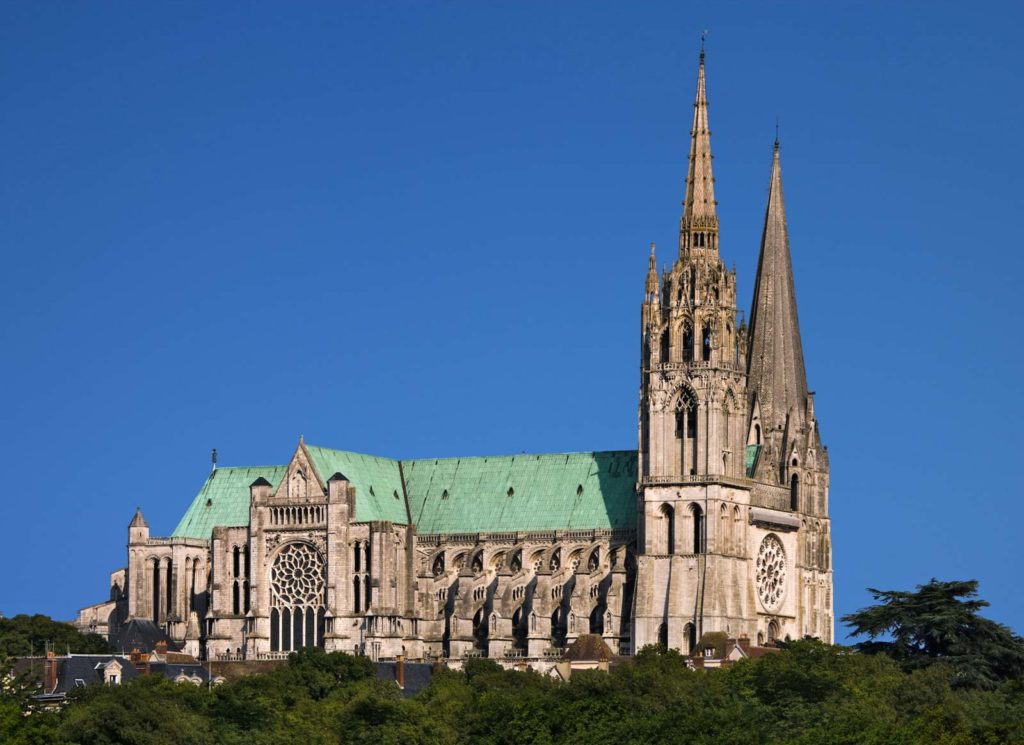
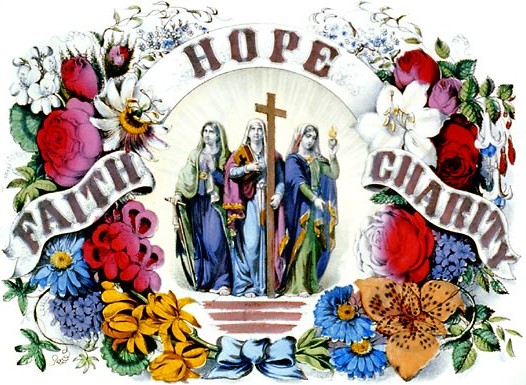

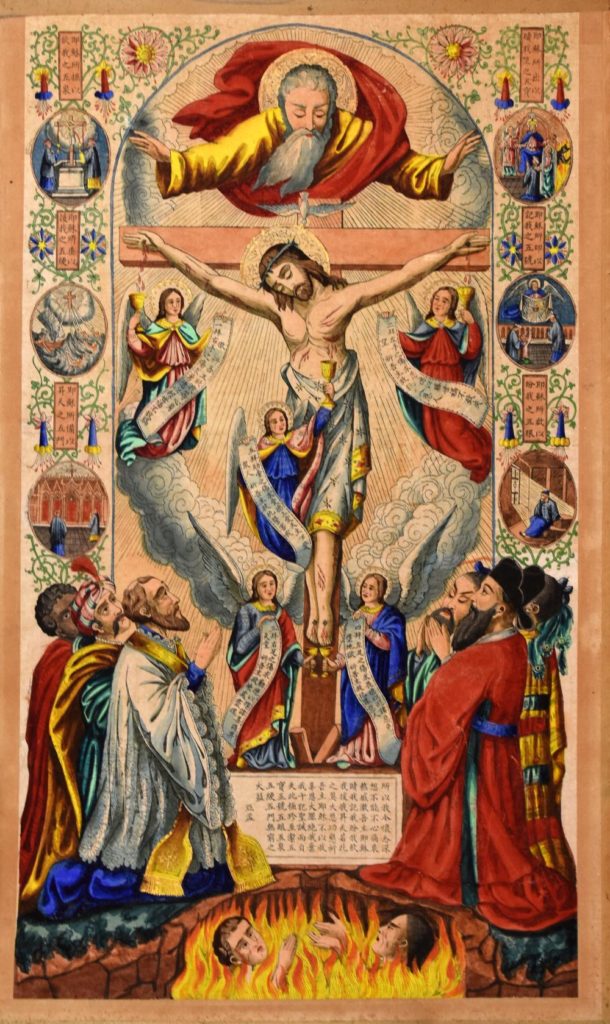

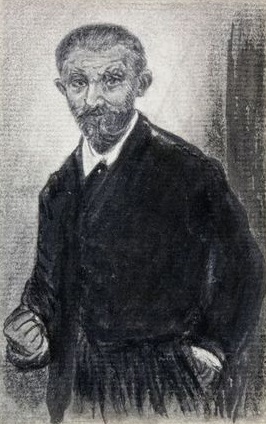
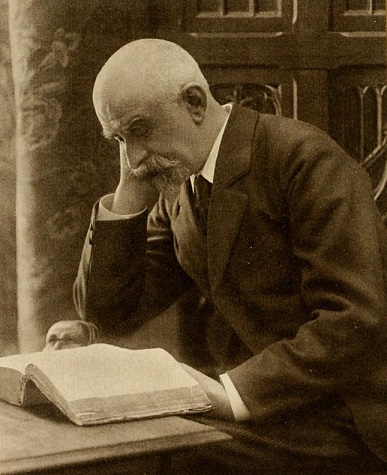
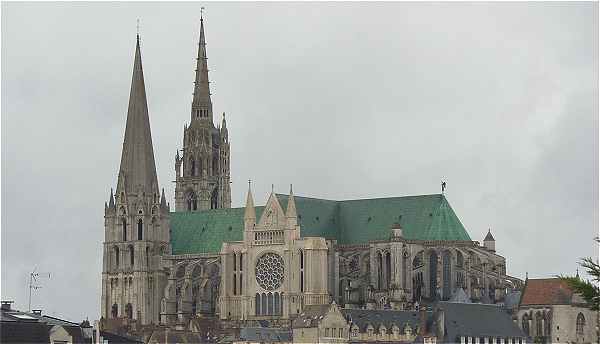
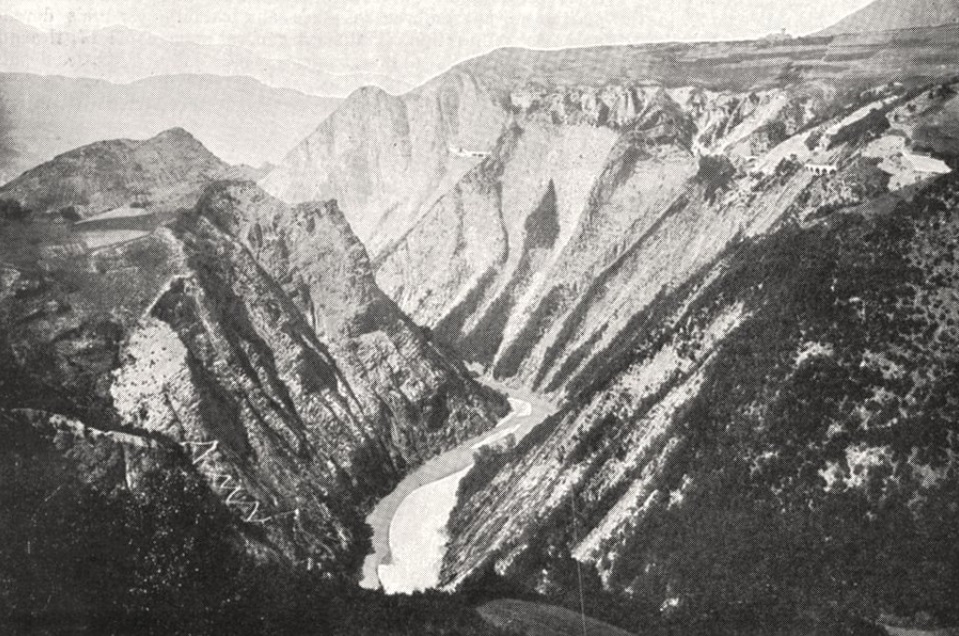
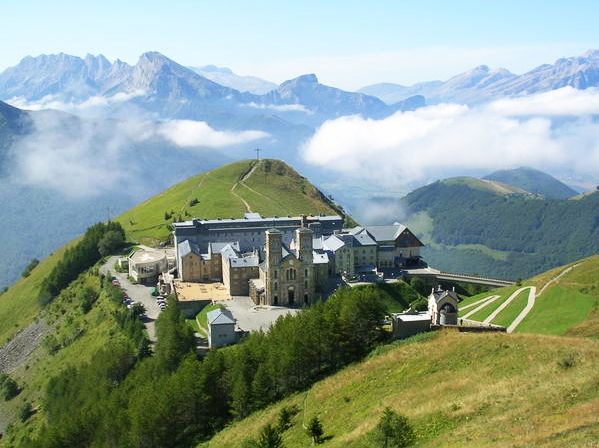
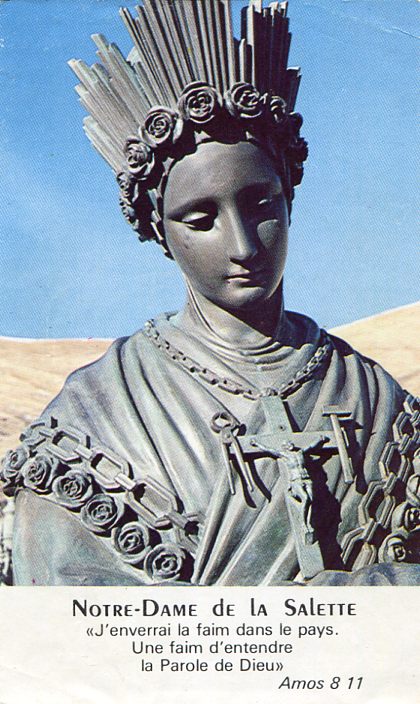

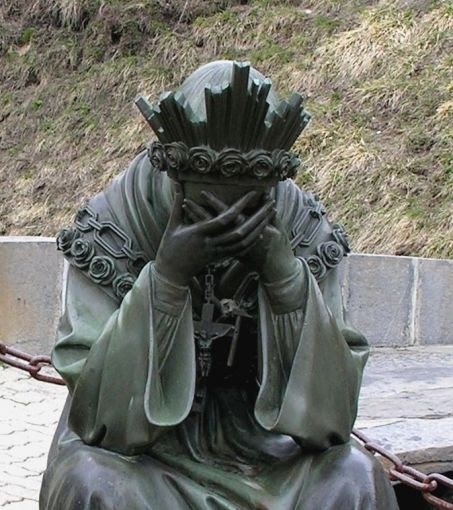
Recent Comments